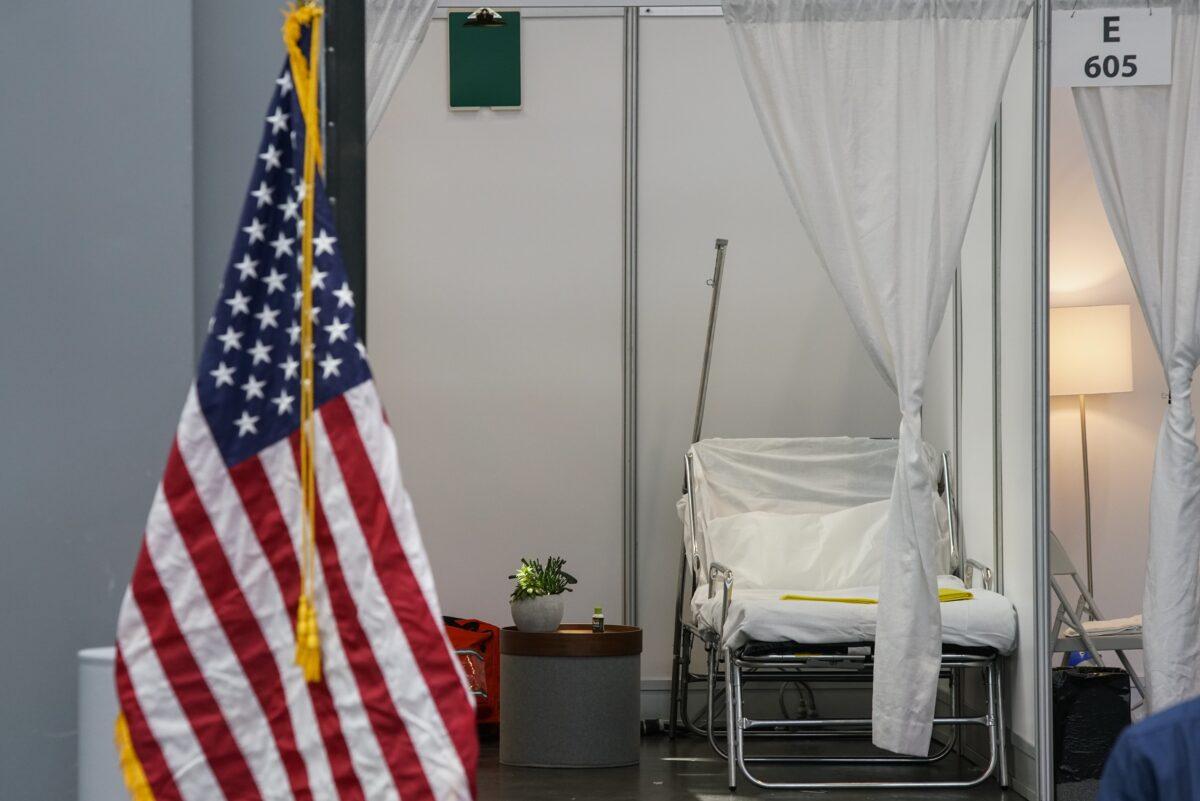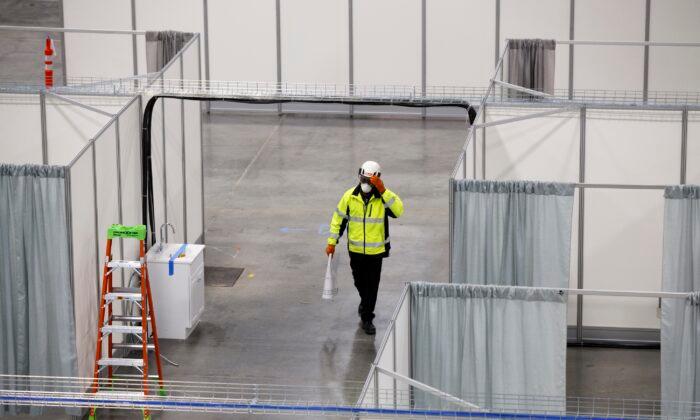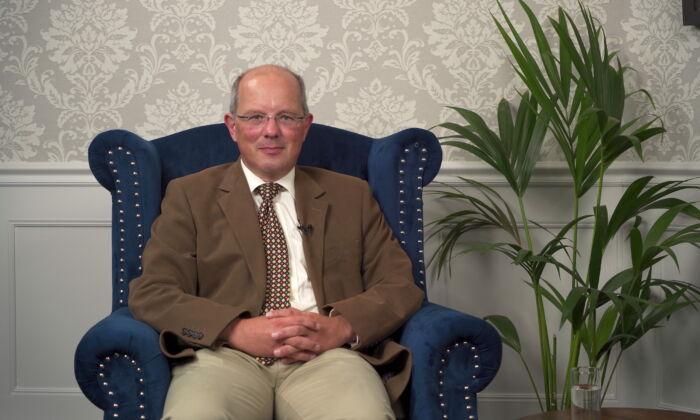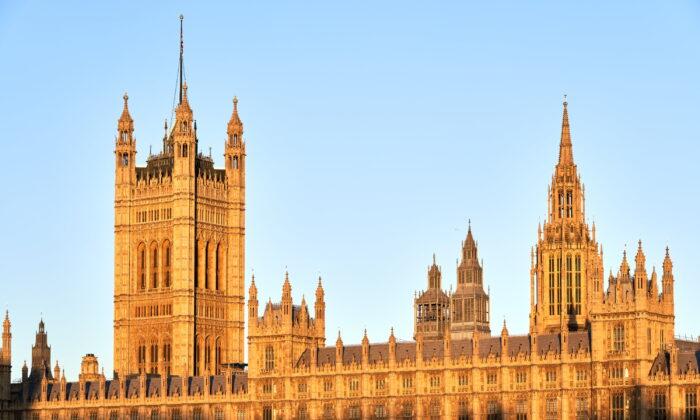Army engineers say they are building fewer hospitals than anticipated, with some governors and mayors scaling back plans as the virus curve flattens and allows extra time to assess the situation.
“The virus gets a vote,” said Lt. Gen. Todd T. Semonite, commander of the U.S. Army Corps of Engineers, saying that demand had been lower than anticipated, with the virus curve changing and varying from state to state.
USACE is currently building 28 alternative care facilities, and there are just seven more contracts pending, as of April 17. There are another 41 other facilities that have been designed by the army engineers and are being built directly by local authorities.
The total bed capacity for the army’s builds is 14,808. The state builds have a total capacity of 17,061 beds.
The conversion of the Javits Center in Manhattan into a 1,900-bed facility is almost complete, and in Chicago, the conversion of America’s largest convention center, McCormick Place, is 94 percent of the way toward its 3,000-bed capacity.

Bed demand has been lower than anticipated in some places, with the makeshift hospitals being underutilized and some builds being canceled.
The engineers, working with local authorities, use models to predict both the spread of the virus and when different areas will be hit by peak bed demand.
Semonite said today that when they started the project a month ago, the expectation was that the peak would be April 24.
But the virus hotspots have always appeared as anticipated, and overall the curve is flatter than expected, allowing more time.
“We want to be very agile,” said Semonite, noting that “the real decision-maker here is that mayor or governor.”
Semonite said they had fielded over 1,000 requests for assessments of potential sites. If suitable, the engineers produce a design that was then discussed with local authorities.The facilities include built-in pharmacies, and in some cases X-ray facilities, depending on the decisions of the local officials.
Semonite said that in addition to having to plumb in water and waste for nurses’ stations, they also have had to figure out how to plumb in oxygen lines.
In one site in Denver, he said that they had laid six miles of pipe for the oxygen.






Friends Read Free